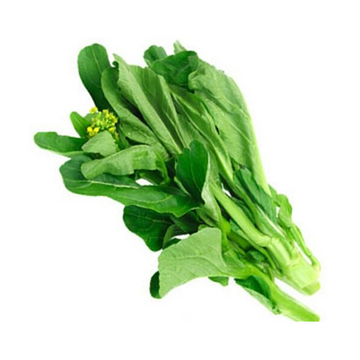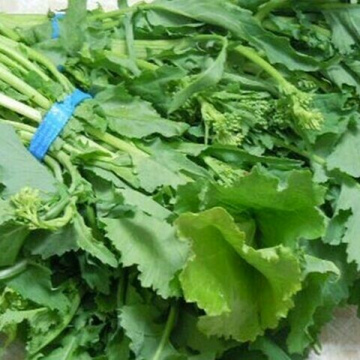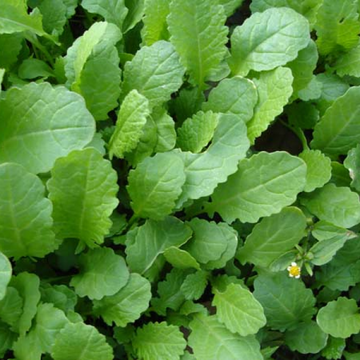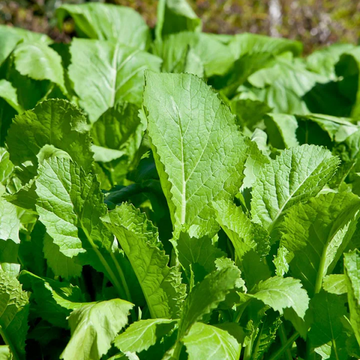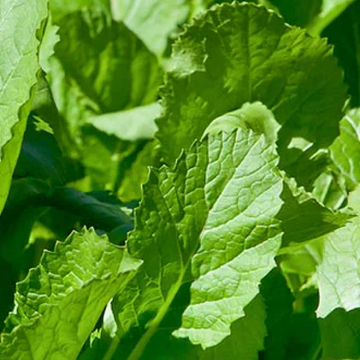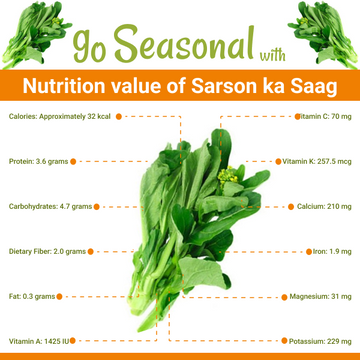Buy Sarson ka Saag(سرسوں کا ساگ) - 1kg
Quantity:
This product is currently out of stock, but you can place an order through WhatsApp. We'll try our best to make it available for you if possible
Sarson ka Saag, a traditional dish from the Punjab region of India and Pakistan, has a rich history rooted in the agricultural practices of the region. "Sarson" refers to mustard greens, which are abundantly grown during the winter months. The dish is often associated with the rural lifestyle and the culture of the Punjabi people. It is commonly enjoyed during the winter season and is often paired with makki ki roti (cornbread), which complements its flavors...
Benefits of Sarson ka Saag:
-
Rich in Nutrients: Sarson ka Saag is packed with essential vitamins and minerals, including vitamin A, vitamin C, vitamin K, calcium, and iron.
-
High in Antioxidants: The dish is a good source of antioxidants, which help combat oxidative stress and may reduce the risk of chronic diseases.
-
Boosts Immunity: The presence of vitamin C in mustard greens helps boost the immune system, making it beneficial during the cold winter months.
-
Improves Digestion: Mustard greens contain dietary fiber, which aids in digestion and helps maintain a healthy digestive system.
-
Supports Bone Health: The high calcium content in sarson ka saag is beneficial for maintaining strong bones and preventing osteoporosis.
-
Anti-inflammatory Properties: Mustard greens have anti-inflammatory properties that can help reduce inflammation in the body.
Uses of Sarson ka Saag:
-
Main Course: Sarson ka Saag is typically served as a main course dish, especially in Punjabi households, accompanied by makki ki roti and a dollop of butter or ghee.
-
Side Dish: It can also be served as a side dish along with other Indian curries and lentils.
-
Topping: Some people use sarson ka saag as a topping for rice dishes or as a stuffing for parathas (Indian flatbread).
Nutrition Value of Sarson ka Saag (per 100 grams)
-
Calories: Approximately 32 kcal
-
Protein: 3.6 grams
-
Carbohydrates: 4.7 grams
-
Dietary Fiber: 2.0 grams
-
Fat: 0.3 grams
-
Vitamin A: 1425 IU (International Units)
-
Vitamin C: 70 mg
-
Vitamin K: 257.5 mcg
-
Calcium: 210 mg
-
Iron: 1.9 mg
-
Magnesium: 31 mg
-
Potassium: 229 mg









